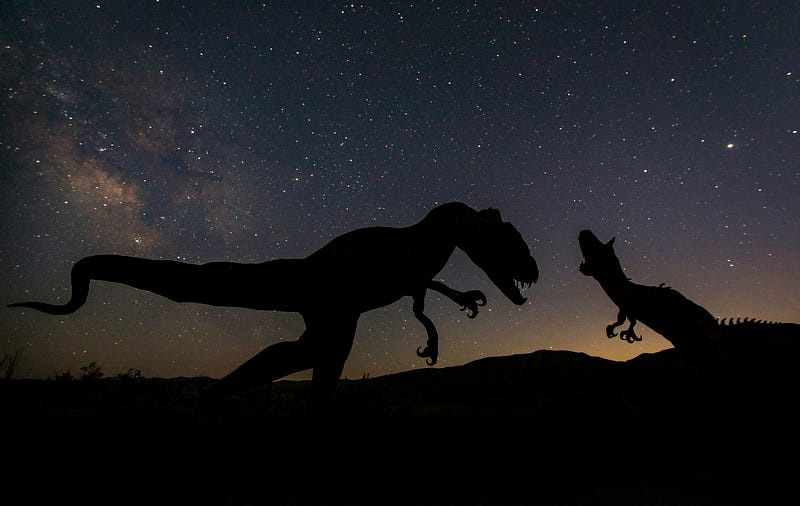
When we look into the night sky, we find ourselves face to face with a distant past. Stars and planets that appear to us as plain as day may no longer exist at all. It takes that long for the light from those distant nebulae to reach our planet; what looks as tangible as the ground beneath our feet may have evaporated a b…
Keep reading with a 7-day free trial
Subscribe to The Gen Z Report to keep reading this post and get 7 days of free access to the full post archives.

